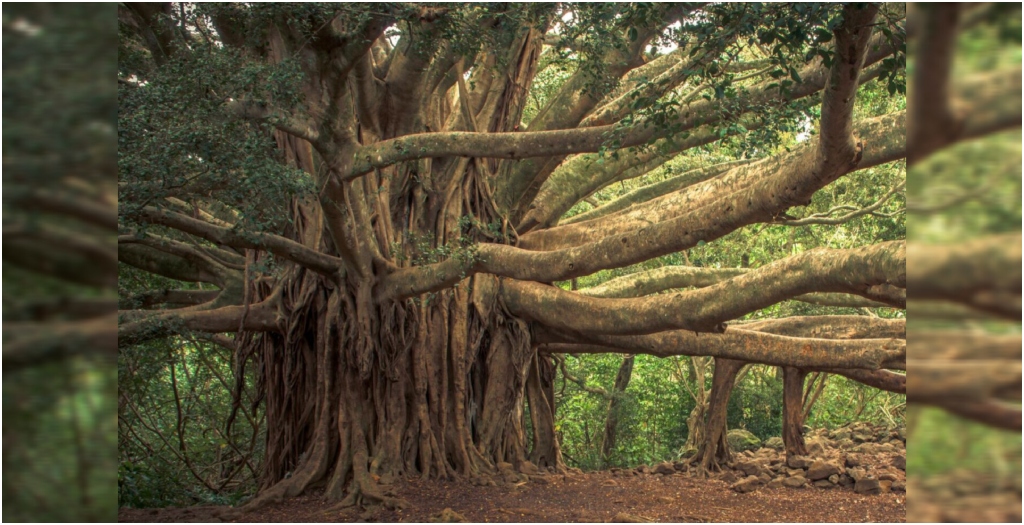
Patna: In a landmark move to preserve its natural and cultural legacy, the Bihar Department of Environment, Forest and Climate Change has announced the selection of 32 trees across five districts to be designated as “Biodiversity Heritage Trees.” The initiative, led by the Bihar Biodiversity Board, is part of a larger effort to recognise and conserve trees of ecological, historical, and cultural importance.
Selected from an initial pool of 1,500 trees, the final 32 include species like banyan, peepal, neem, mahua, and tamarind. Among them, the most remarkable is a sprawling 500-year-old banyan tree located in Dakshini Umga Panchayat of Madanpur block in Aurangabad district. Known for its immense canopy and deep-rooted presence in local traditions, the tree is regarded as a living symbol of the region’s heritage.
The selected trees span five districts—Buxar, Aurangabad, Munger, Jamui and Bhagalpur—and include 28 trees aged over 100 years. The remaining four are between 70 and 90 years old. The species breakdown includes 12 banyan, 6 peepal, 3 pakad, 2 mahua, 2 neem, and one each of khirni, semal, guler, tamarind, kalpvriksh and kanak champa.
To guide the identification process, the board circulated detailed guidelines to district and forest officers. Criteria for selection included age (typically over three generations), uniqueness, endangered status, scientific significance, and historical or mythological value.
The declaration of these trees is expected to be completed soon, enabling legal and ecological protection for future generations. In support of the initiative, the state has also developed the “Bihar Heritage Tree App,” a platform where citizens and public representatives can upload images and GPS data of significant trees in their localities. Verified submissions may be considered for future inclusion as heritage trees.





